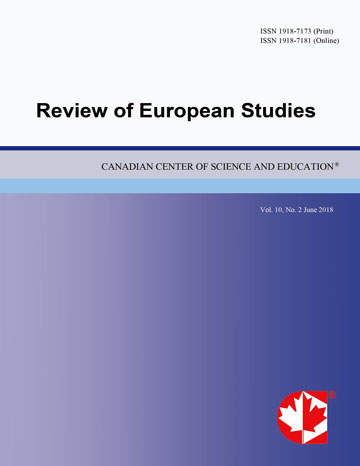Intersectional Representation Between Gender, Religion, and Nationality
- Osnat Akirav
Abstract
Immigrants who came to Europe in recent decades (work immigrants and/or refugees) grapple with intersectional identities, such as religion, nationality and gender, yet current political research addresses these issues only in part. To address these omissions, I conducted a content analysis of all parliamentary questions Muslim representatives raised in their parliamentary activities in three Western countries. I also investigated whether the representatives' invisibility pertains only to their descriptive representation or whether it affects their substantive representation by analyzing five research hypotheses for differences in the content of the parliamentary questions. I found that male and female Muslim representatives ask parliamentary questions about Muslim men and women. In addition, I developed an Intersectional Representation Index to measure and demonstrate the complexities Muslim representatives face in Western countries. The index shows that such representatives have several identities, some of which have become invisible, as previous studies indicated.
- Full Text:
 PDF
PDF
- DOI:10.5539/res.v13n4p32
Index
- ACNP
- CNKI Scholar
- DTU Library
- Elektronische Zeitschriftenbibliothek (EZB)
- EuroPub Database
- Excellence in Research for Australia (ERA)
- Genamics JournalSeek
- Google Scholar
- Harvard Library
- HeinOnline
- Infotrieve
- JournalTOCs
- Mir@bel
- Open policy finder
- RePEc
- ResearchGate
- ROAD
- Scilit
- Technische Informationsbibliothek (TIB)
- The Keepers Registry
- Universe Digital Library
- WorldCat
Contact
- Paige DouEditorial Assistant
- res@ccsenet.org
